Rand Elliott’s Oklahoma Contemporary draws on the region’s light and sky
Clad in an innovative and multi-functional recycled aluminum skin and enhanced by unusually angled volumes and interior galleries, the new Oklahoma Contemporary Arts Center by Rand Elliott Architects completes
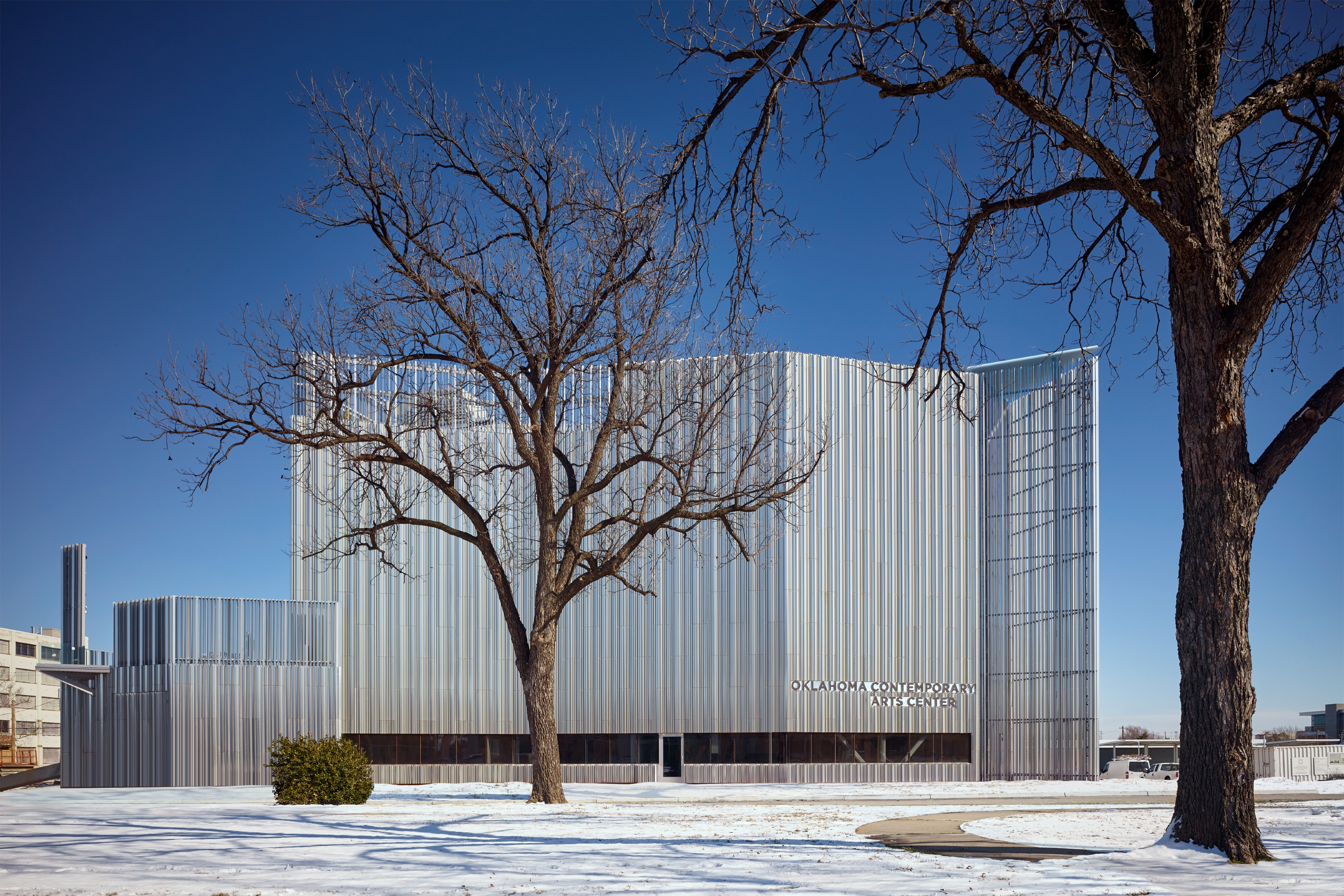
‘All communities live with the good and the bad,' muses Rand Elliott, referring to Oklahoma events such as the disastrous 1930’s Dust Bowl Period, or the tragic 1995 bombing. When his Oklahoma City-based firm, Rand Elliott Architects, took on the task of designing the new facilities for the local contemporary arts centre, he wanted to go above and beyond all of that. The question arose: ‘What do we have here that’s really unique and special that we can use to reimagine what Oklahoma City is all about?'
The quality of the light in Oklahoma has been immortalized in Rodgers and Hammerstein’s ‘Oklahoma!’ – and incidentally, ‘Bright Golden Haze’, a phrase taken from the first line of the iconic musical, also functions as the recently completed Oklahoma Contemporary Arts Center's inaugural exhibition’s title.
So for answers, naturally, the architects looked to the sky. The museum’s new flagship building features an innovative recycled aluminum ‘skin that actually absorbs and catches the light', says Elliot. The facade structure is made of series of blind-fastened fins inclined at different angles that refract the sunlight.
‘As the sun appears to move from east to west, the building literally transforms,' enthuses Elliott. ‘As it goes into the afternoon it will go from blues to oranges.' This skin also functions as a rain screen that helps the building to self-cool, and therefore, be greener.
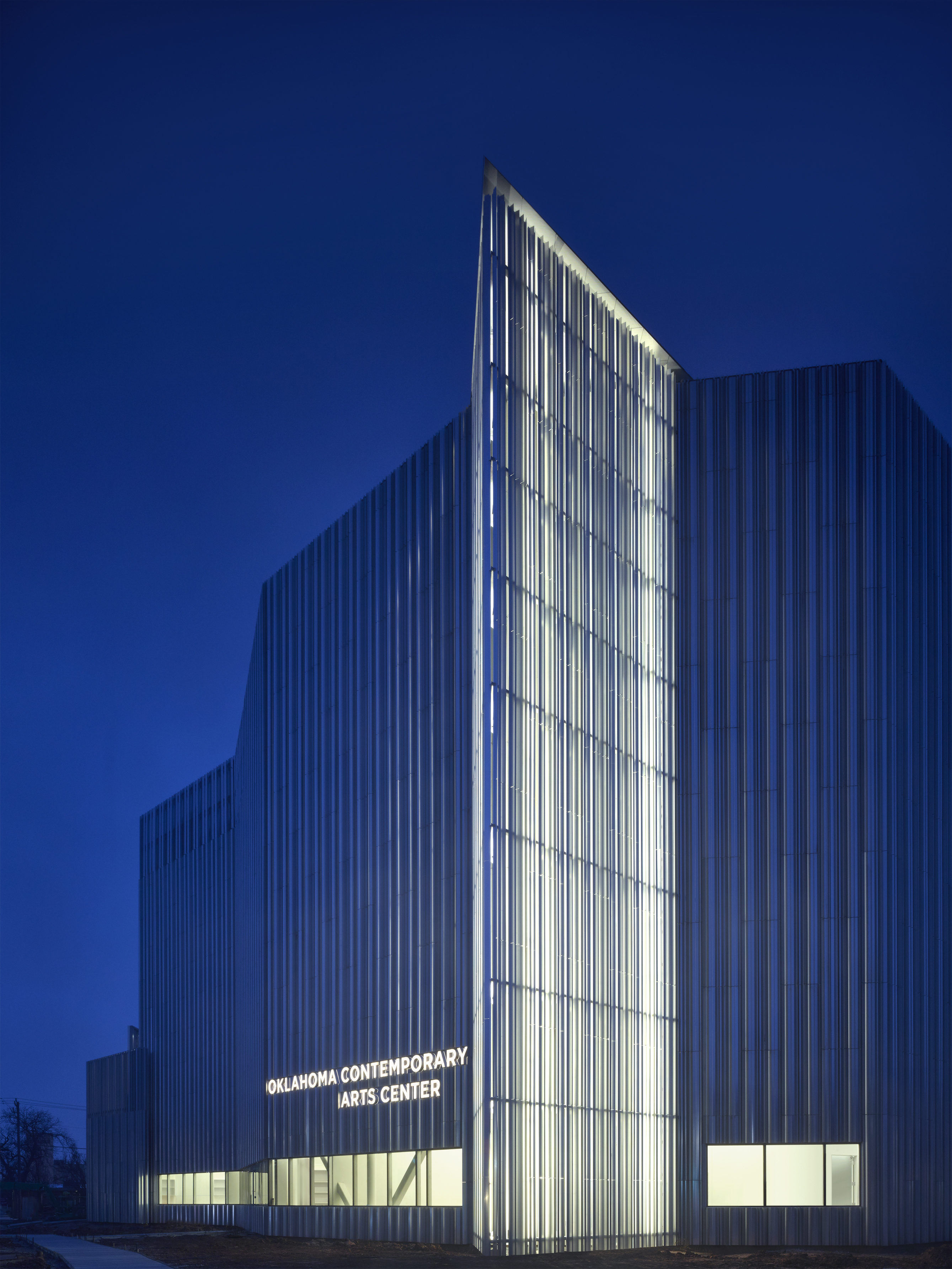
The building’s unorthodox architectural outline amplifies its visual impact, and also influences how the art on the inside will be experienced. None of the interior spaces are rectangular and there are very few 90-degree walls to be found – resulting in an adaptive space that can be altered according to exhibition needs.
For ‘Bright Golden Haze’, which opens on 13 March, these modifications include secluded corners and curtained-off sections that enhance the exhibition’s guiding theme of ‘the ways in which contemporary artists use light to create a sense of place,' reveals Jennifer Scanlan, the curatorial and exhibitions director at Oklahoma Contemporary.
Atmospheric works such as Olafur Eliasson’s Black Glass Eclipse, Vija Celmin’s night sky prints, Leo Villareal’s Star Ceiling, and works by James Turrell and Robert Irwin share the exhibition space with the digital realities of John Gerrard’s landscapes and the indigenous perspectives on light and place by Marianne Nicolson and Yatika Fields.
The opening, taking place next week, will be momentous. In addition to the art on show, Oklahoma’s community will have gained a thoughtful building poised to become a transformational destination.
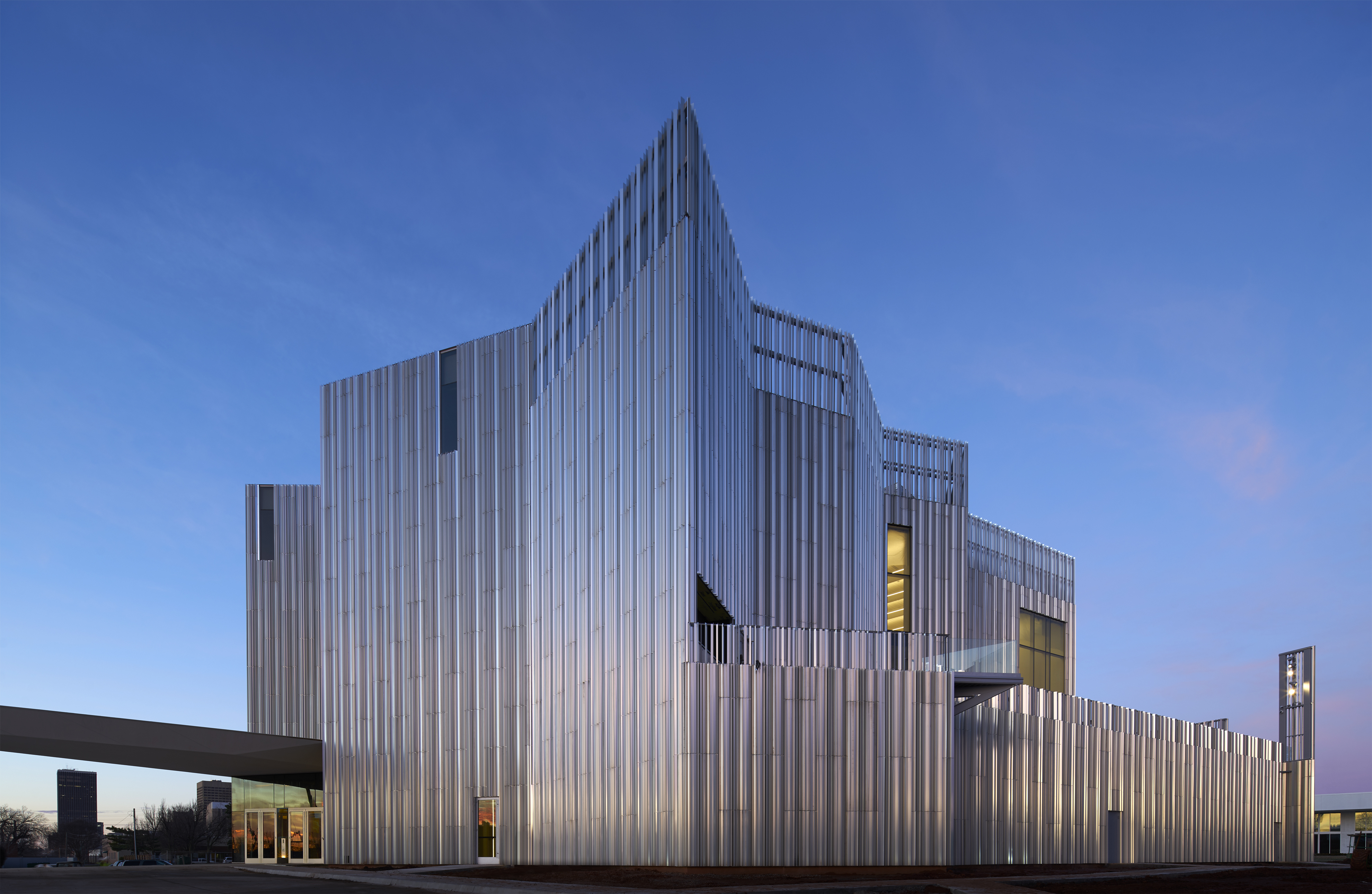
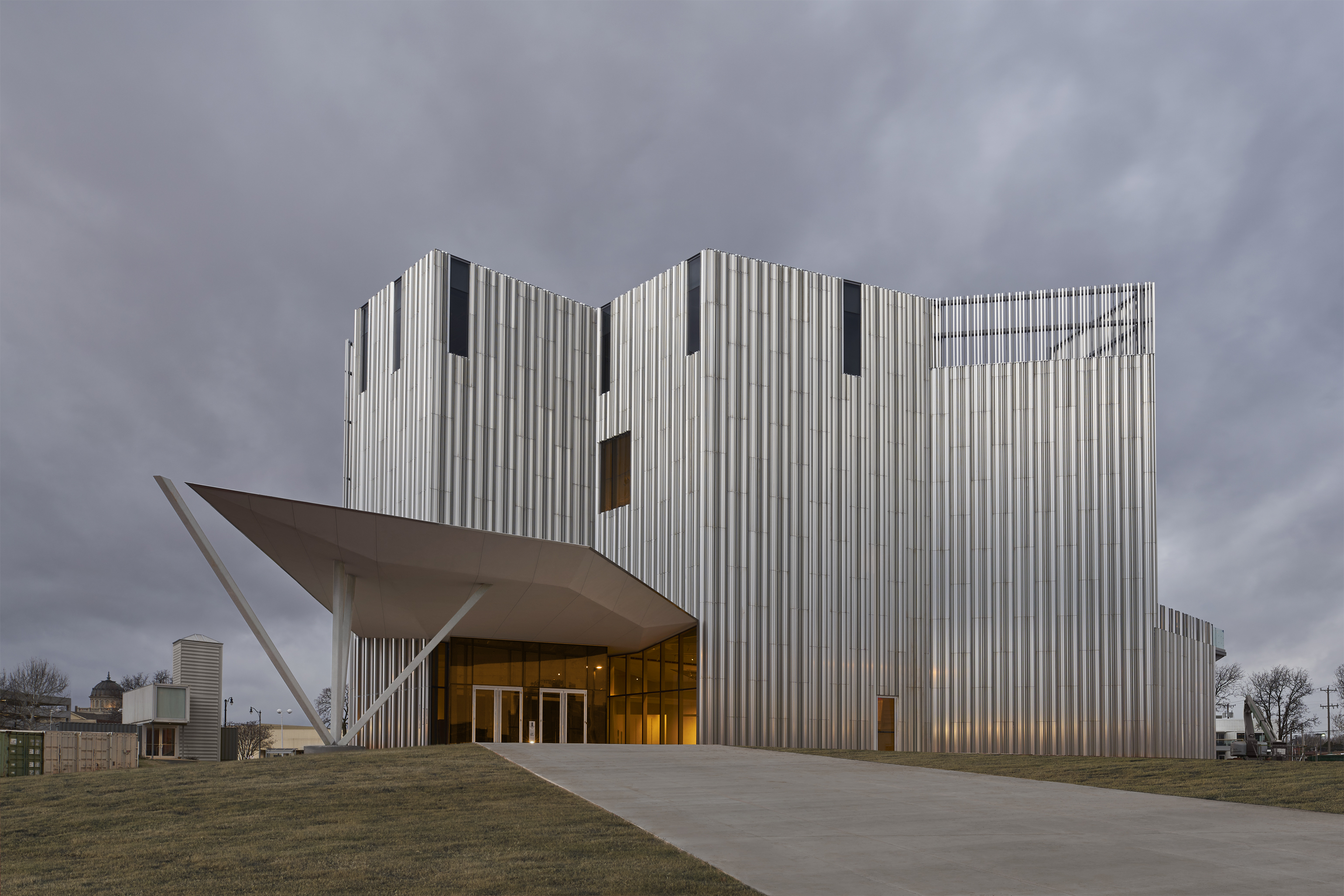
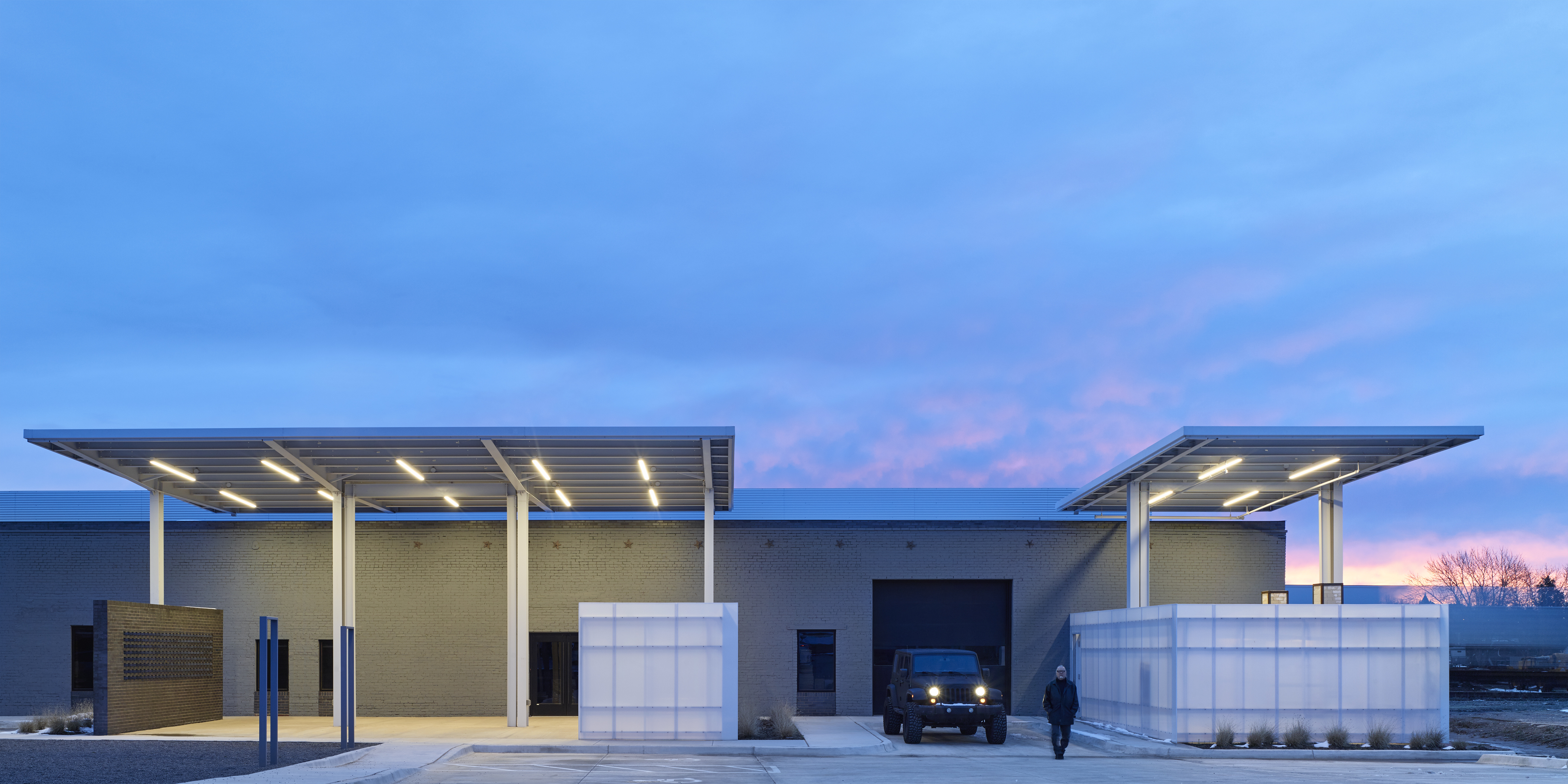

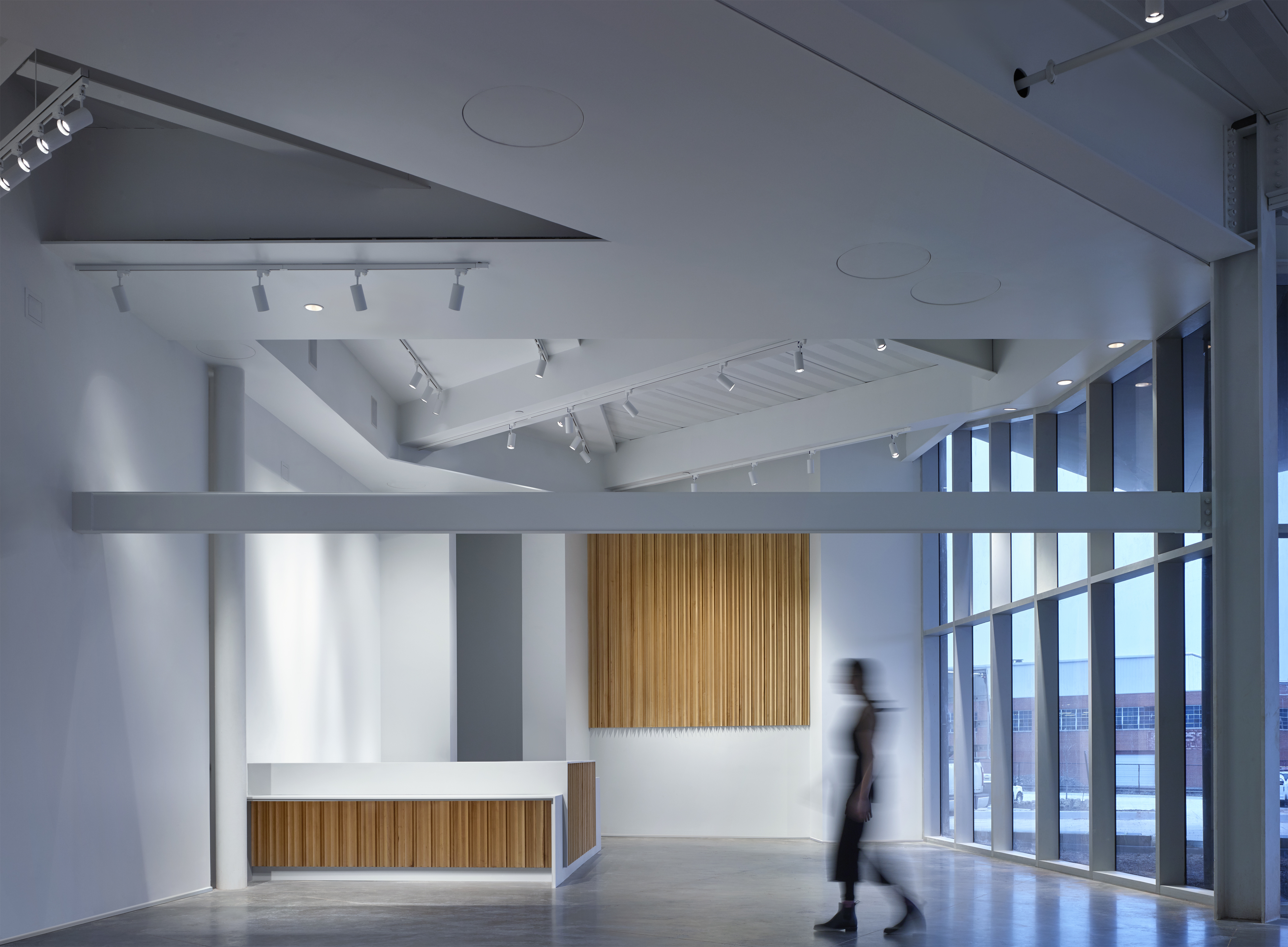
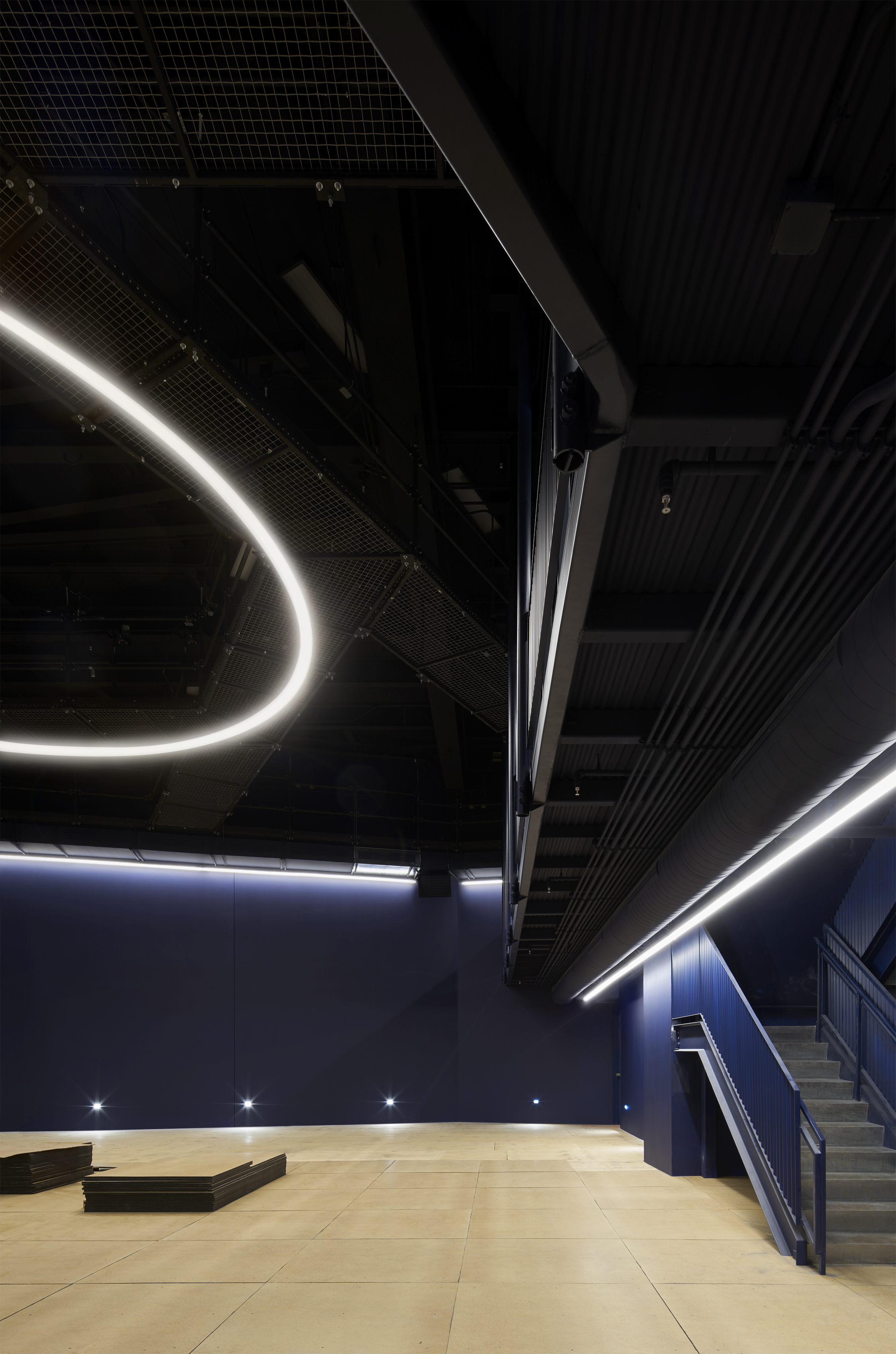
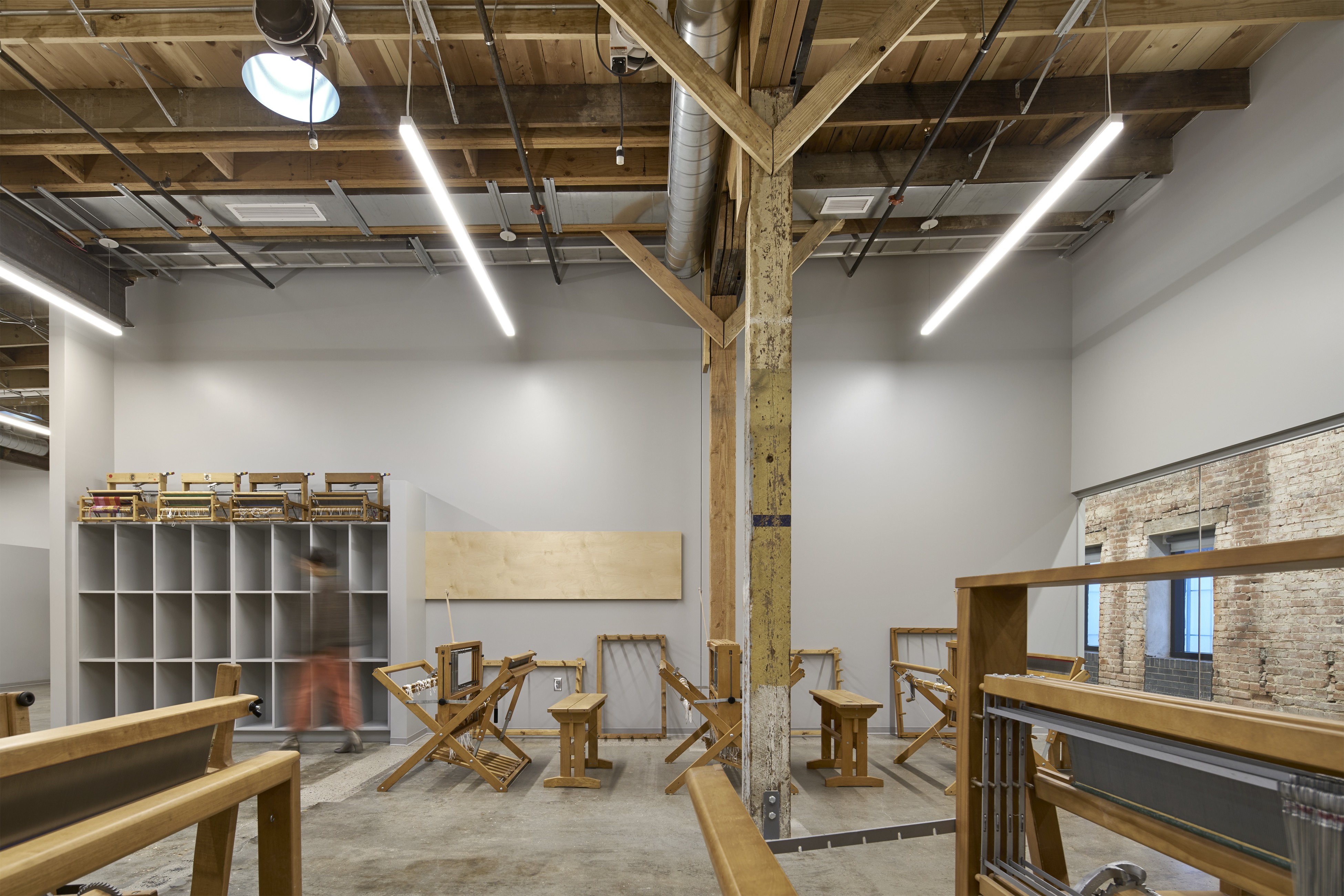
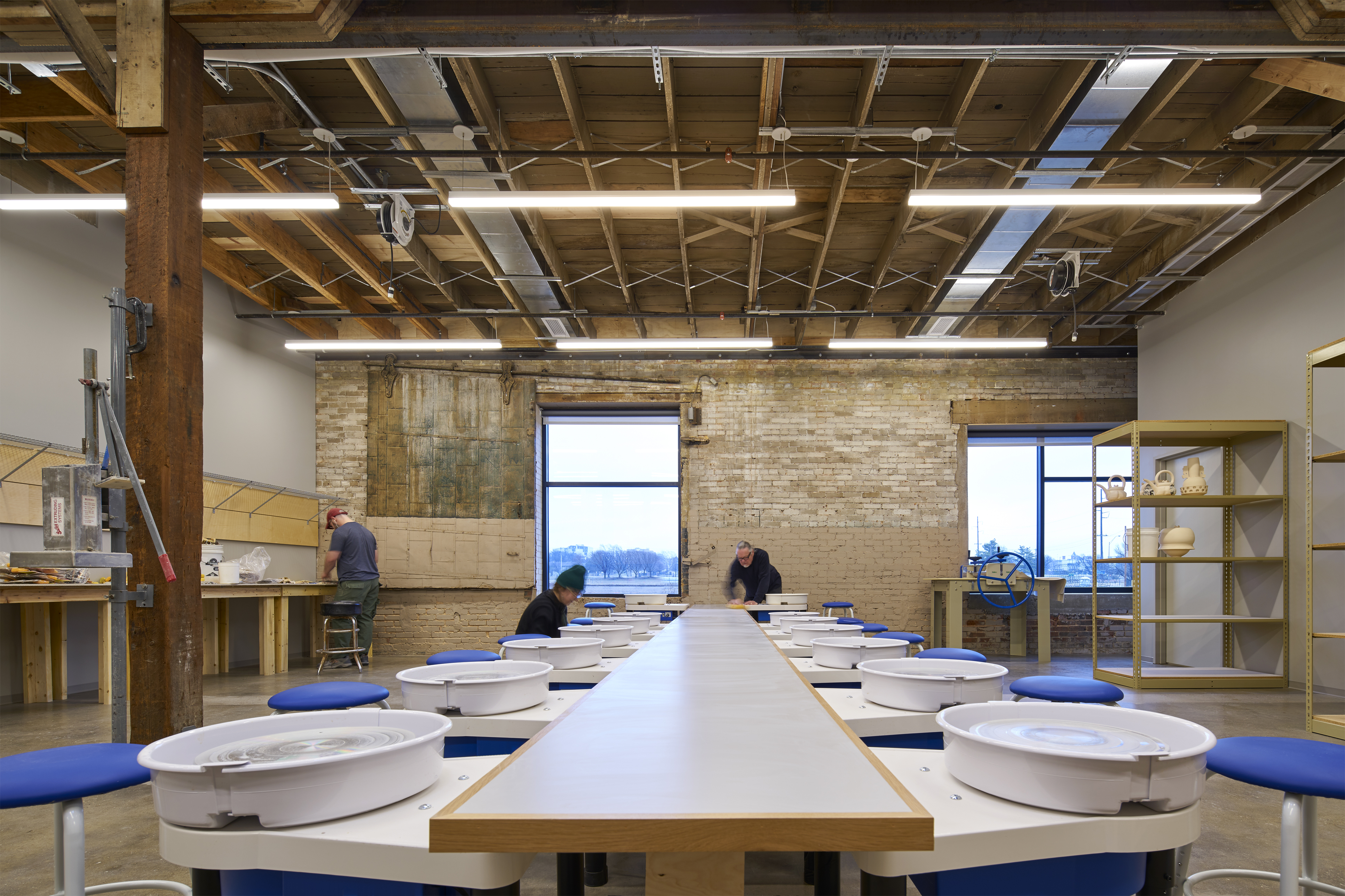
INFORMATION
Receive our daily digest of inspiration, escapism and design stories from around the world direct to your inbox.
Siska Lyssens has contributed to Wallpaper* since 2014, covering design in all its forms – from interiors to architecture and fashion. Now living in the U.S. after spending almost a decade in London, the Belgian journalist puts her creative branding cap on for various clients when not contributing to Wallpaper* or T Magazine.
-
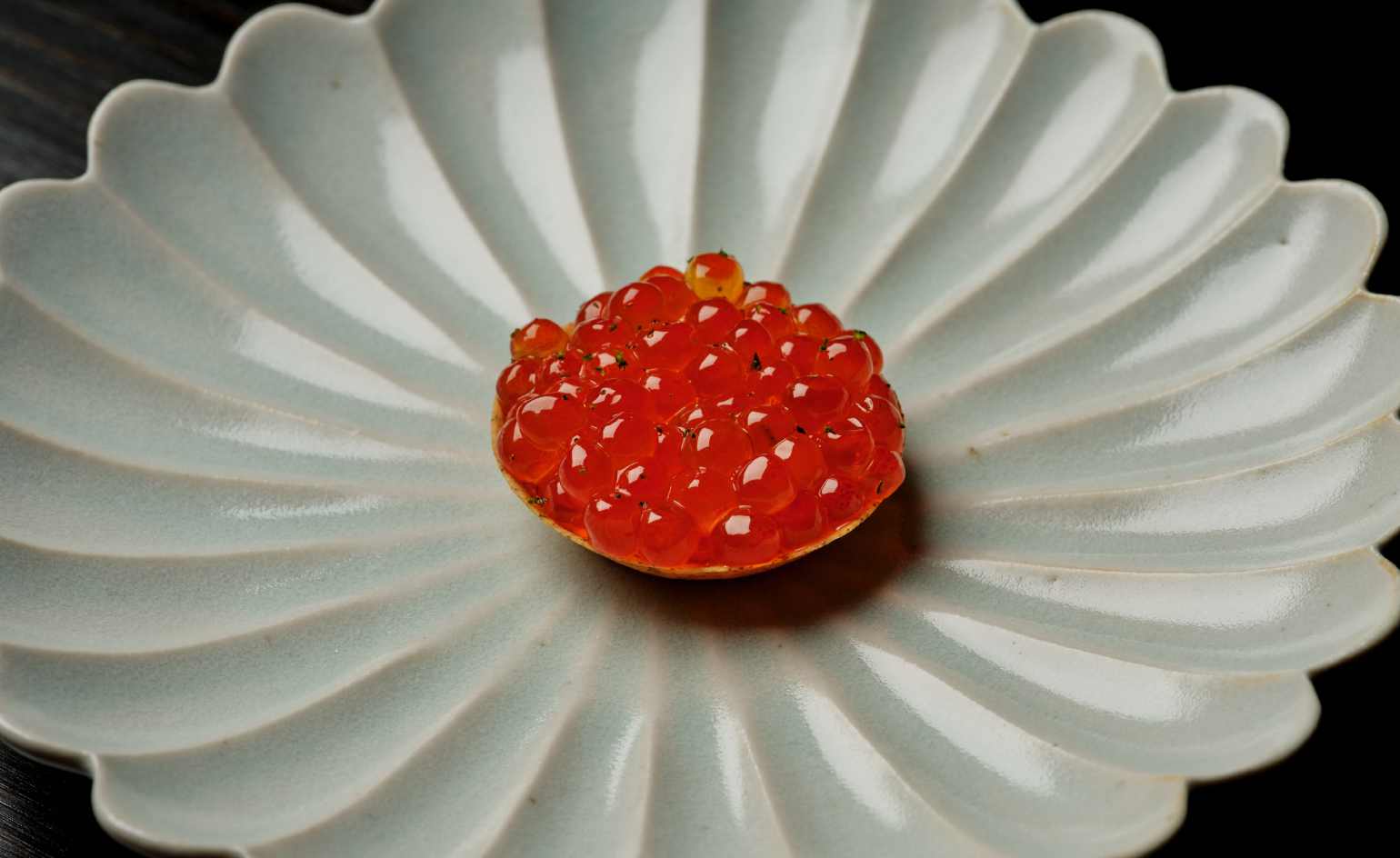 This cult Los Angeles pop-up restaurant now has a permanent address
This cult Los Angeles pop-up restaurant now has a permanent addressChef Brian Baik’s Corridor 109 makes its permanent debut in Melrose Hill. No surprise, it's now one of the hardest tables in town to book
-
 French bistro restaurant Maset channels the ease of the Mediterranean in London
French bistro restaurant Maset channels the ease of the Mediterranean in LondonThis Marylebone restaurant is shaped by the coastal flavours, materials and rhythms of southern France
-
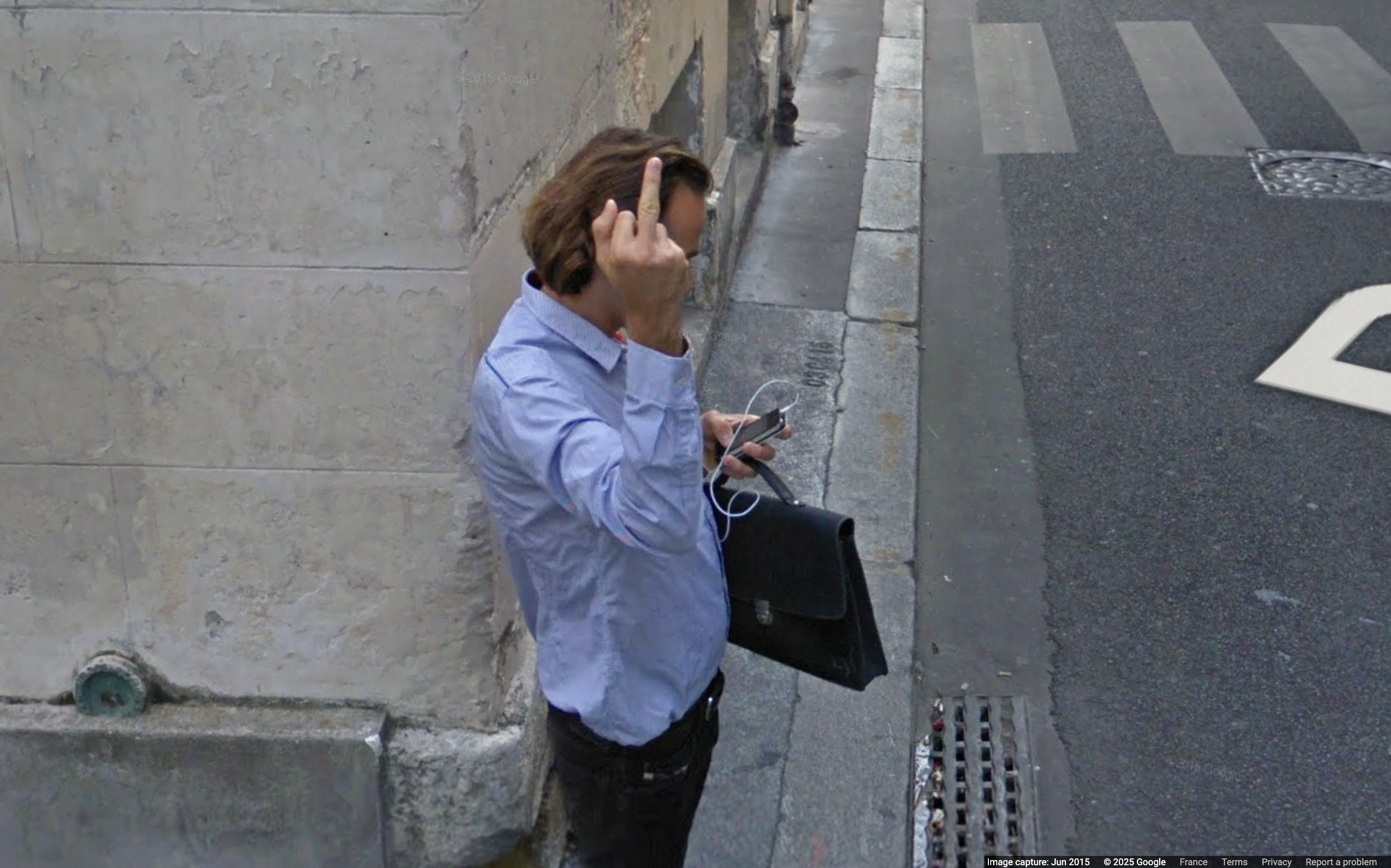 How ethical is Google Street View, asks Jon Rafman in Copenhagen
How ethical is Google Street View, asks Jon Rafman in CopenhagenIn 'Report a Concern - the Nine Eyes Archives' at Louisiana Museum of Art, Copenhagen, Jon Rafman considers technology's existential implications
-
 Step inside this resilient, river-facing cabin for a life with ‘less stuff’
Step inside this resilient, river-facing cabin for a life with ‘less stuff’A tough little cabin designed by architects Wittman Estes, with a big view of the Pacific Northwest's Wenatchee River, is the perfect cosy retreat
-
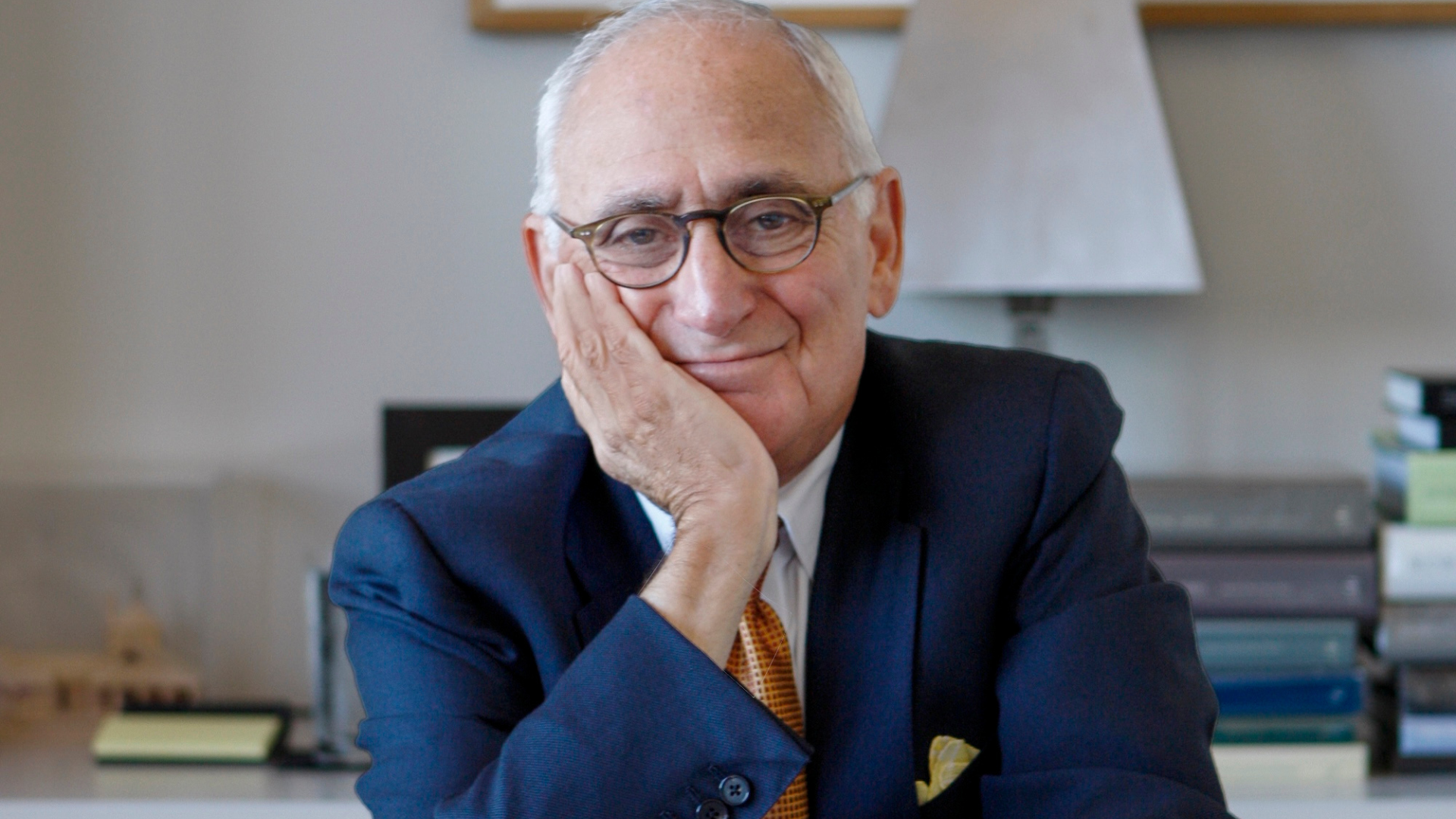 Remembering Robert A.M. Stern, an architect who discovered possibility in the past
Remembering Robert A.M. Stern, an architect who discovered possibility in the pastIt's easy to dismiss the late architect as a traditionalist. But Stern was, in fact, a design rebel whose buildings were as distinctly grand and buttoned-up as his chalk-striped suits
-
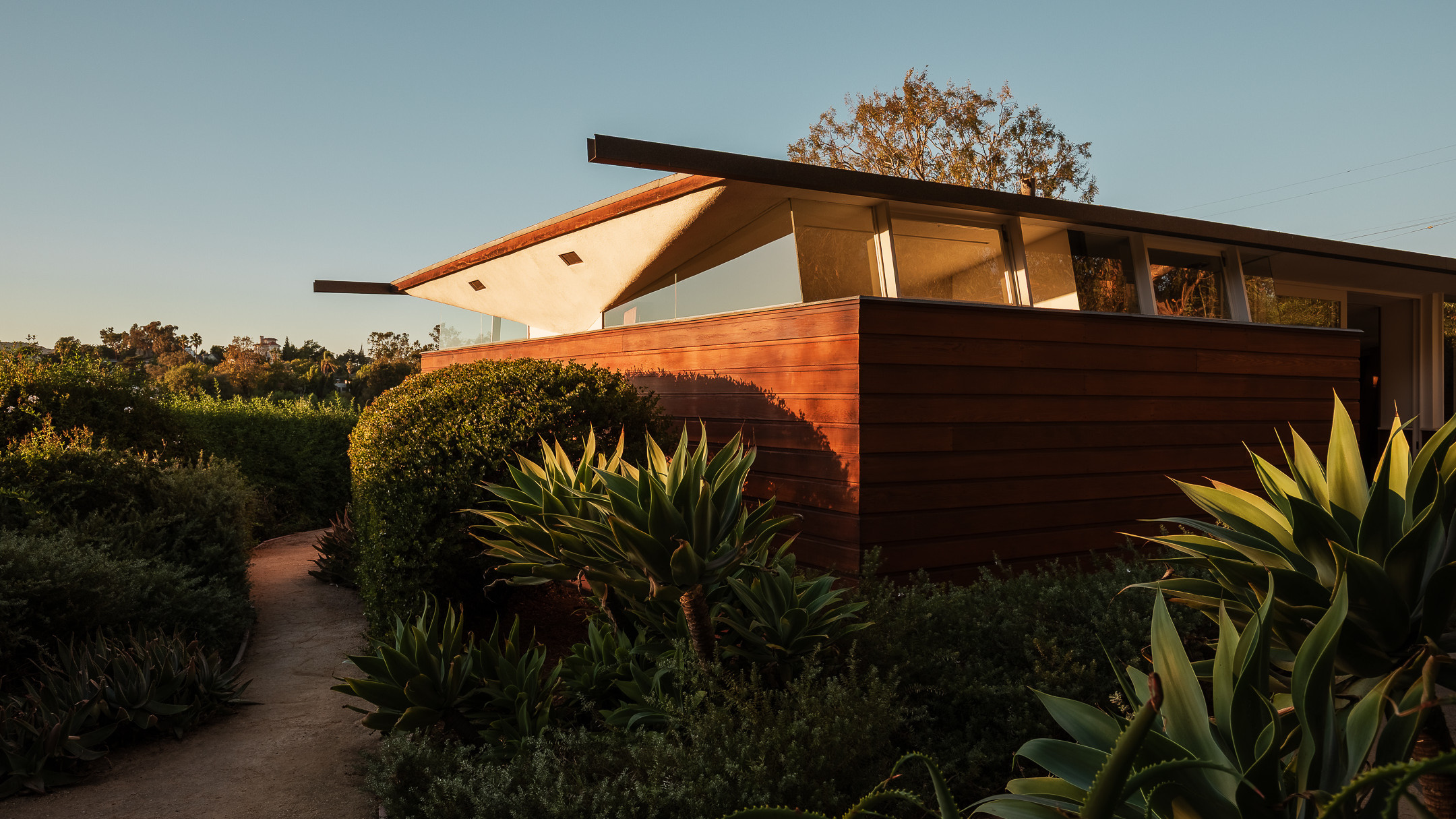 Own an early John Lautner, perched in LA’s Echo Park hills
Own an early John Lautner, perched in LA’s Echo Park hillsThe restored and updated Jules Salkin Residence by John Lautner is a unique piece of Californian design heritage, an early private house by the Frank Lloyd Wright acolyte that points to his future iconic status
-
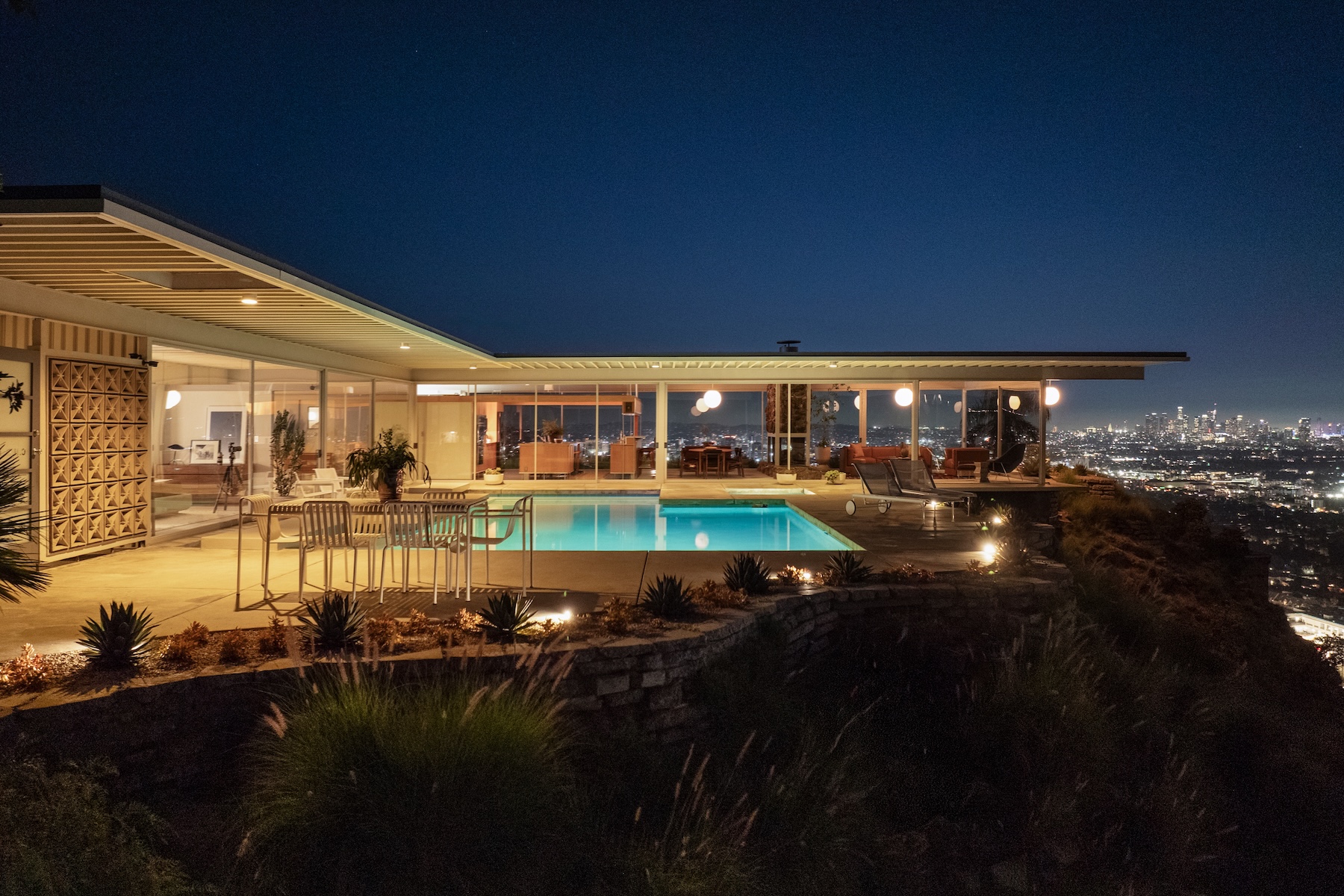 The Stahl House – an icon of mid-century modernism – is for sale in Los Angeles
The Stahl House – an icon of mid-century modernism – is for sale in Los AngelesAfter 65 years in the hands of the same family, the home, also known as Case Study House #22, has been listed for $25 million
-
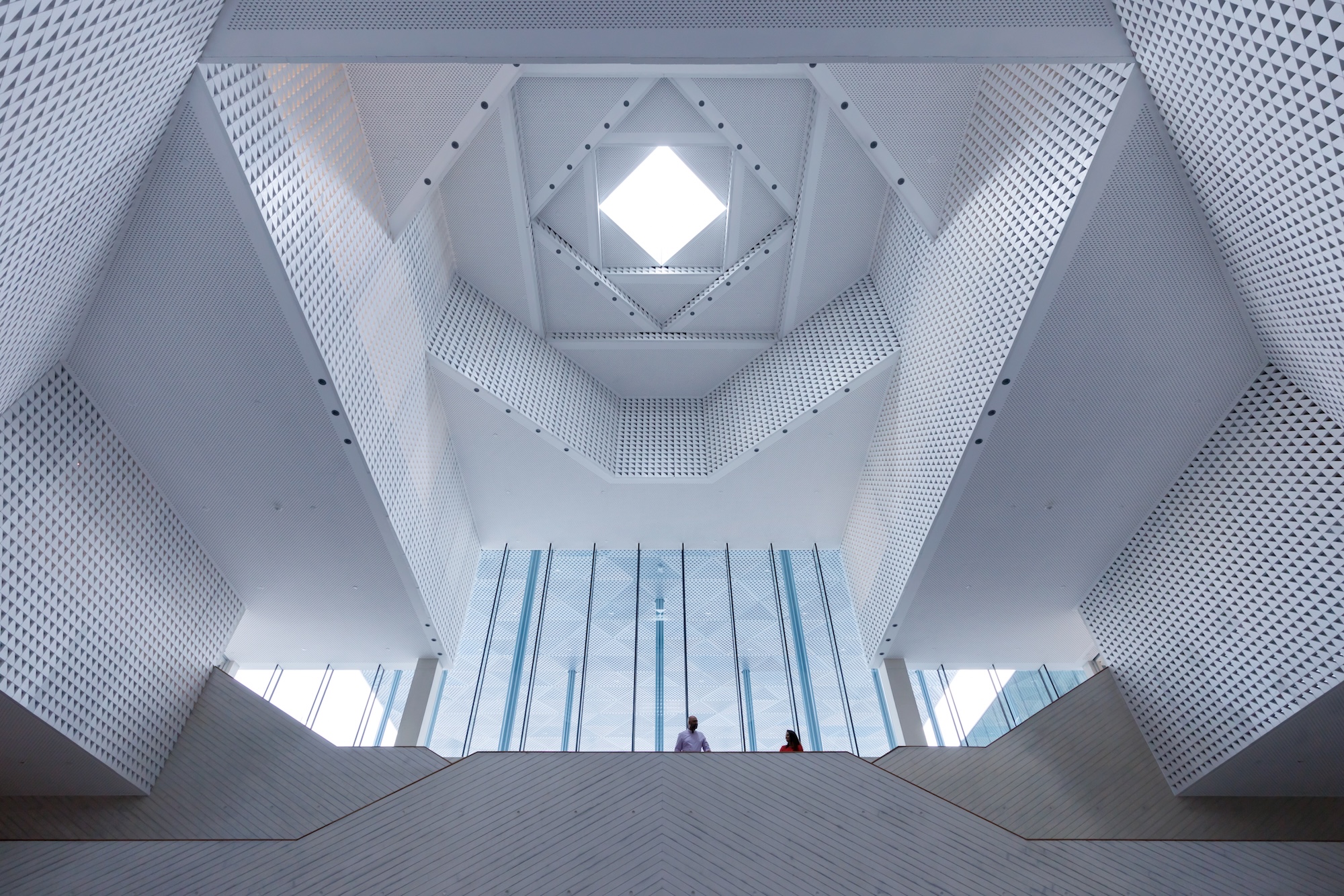 Houston's Ismaili Centre is the most dazzling new building in America. Here's a look inside
Houston's Ismaili Centre is the most dazzling new building in America. Here's a look insideLondon-based architect Farshid Moussavi designed a new building open to all – and in the process, has created a gleaming new monument
-
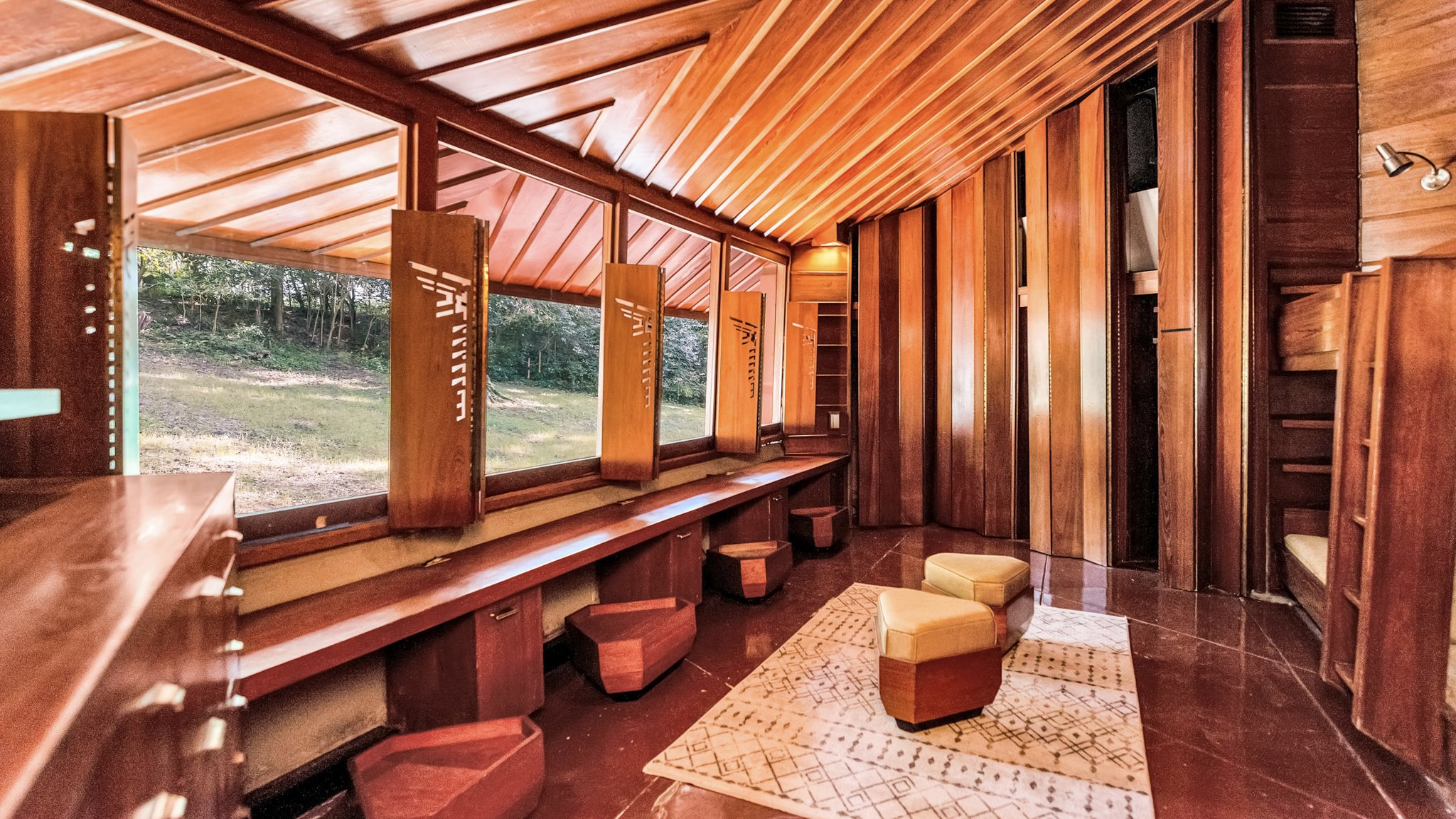 Frank Lloyd Wright’s Fountainhead will be opened to the public for the first time
Frank Lloyd Wright’s Fountainhead will be opened to the public for the first timeThe home, a defining example of the architect’s vision for American design, has been acquired by the Mississippi Museum of Art, which will open it to the public, giving visitors the chance to experience Frank Lloyd Wright’s genius firsthand
-
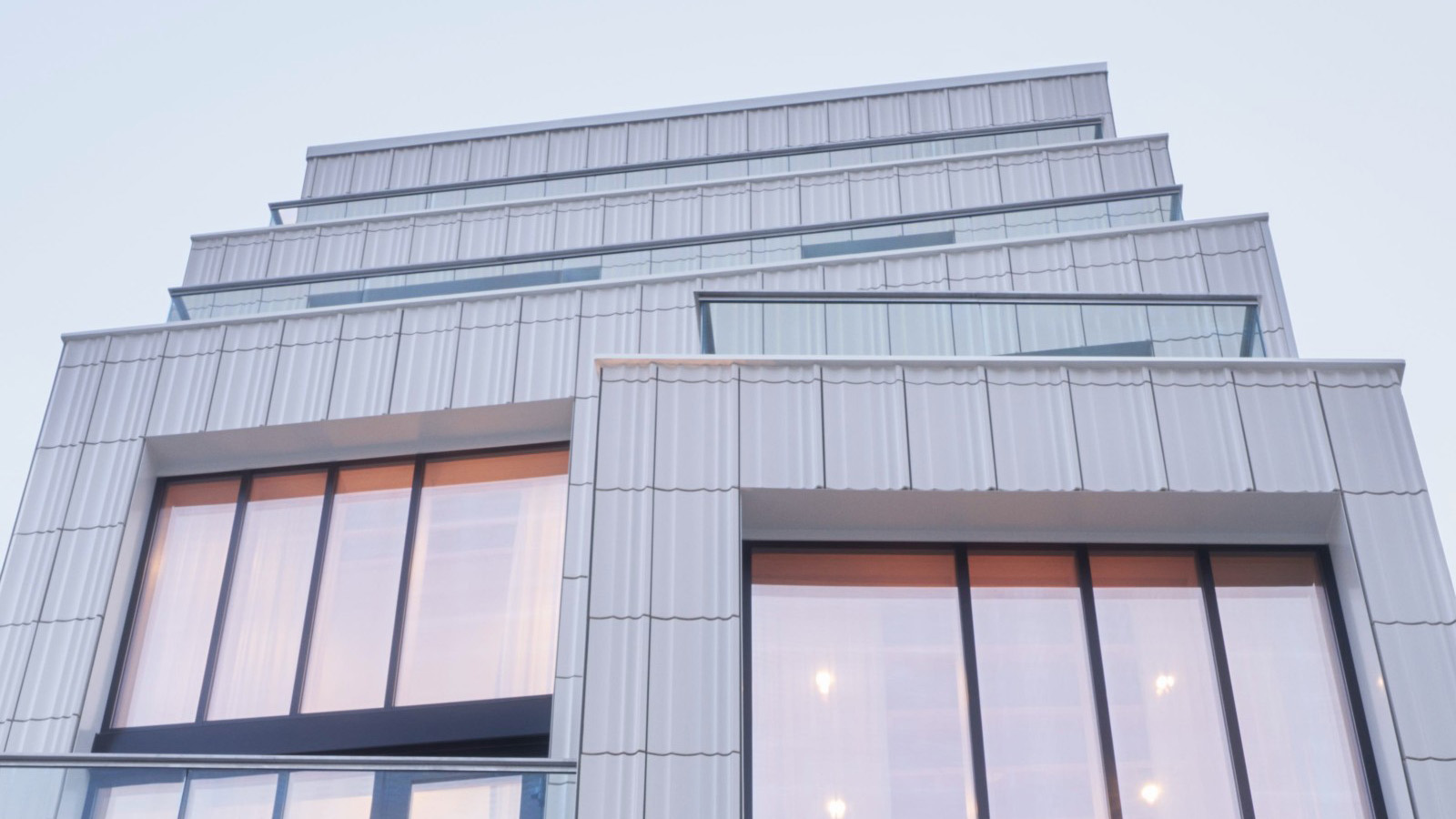 Clad in terracotta, these new Williamsburg homes blend loft living and an organic feel
Clad in terracotta, these new Williamsburg homes blend loft living and an organic feelThe Williamsburg homes inside 103 Grand Street, designed by Brooklyn-based architects Of Possible, bring together elegant interiors and dramatic outdoor space in a slick, stacked volume
-
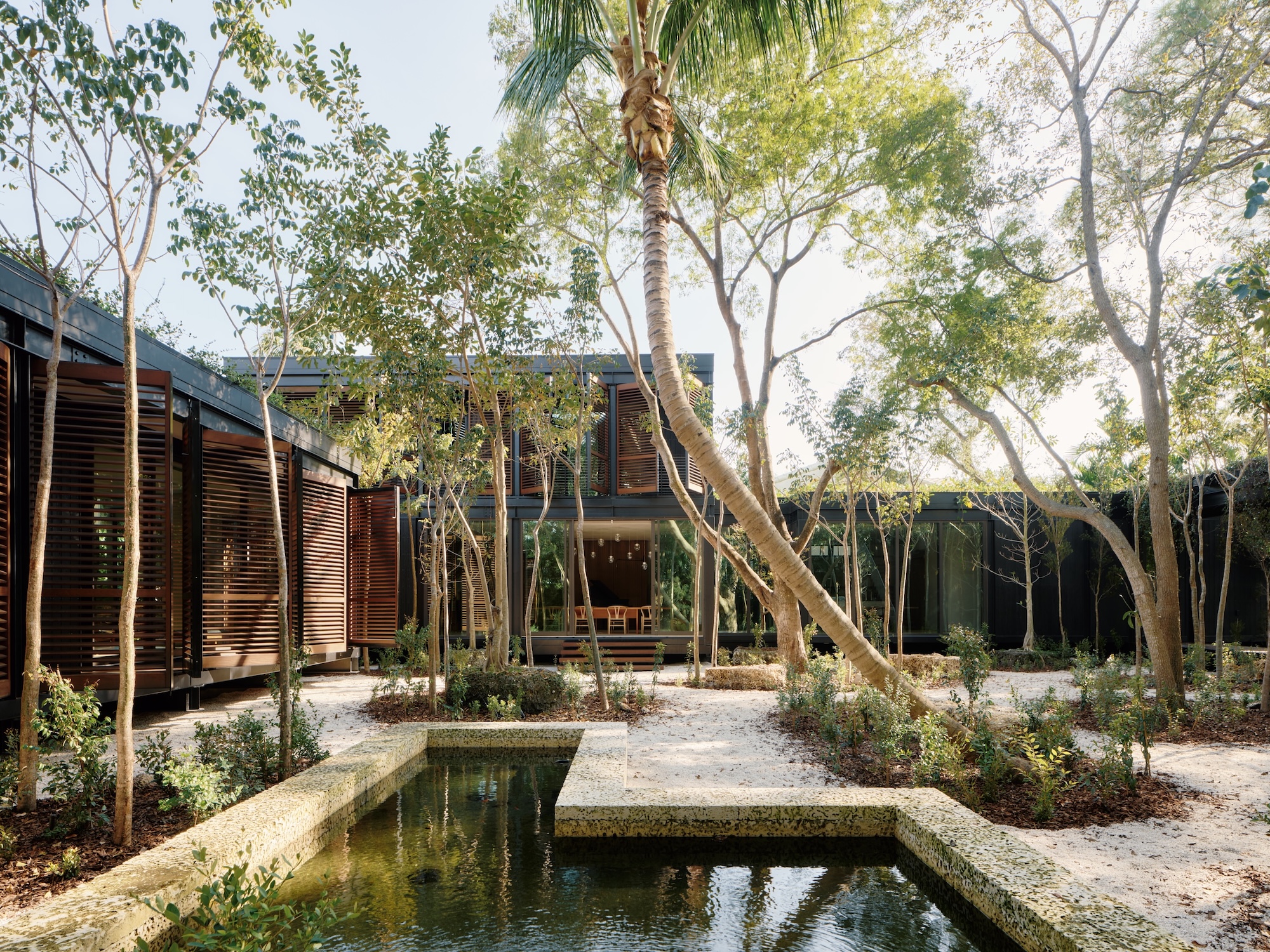 This ethereal Miami residence sprouted out of a wild, jungle-like garden
This ethereal Miami residence sprouted out of a wild, jungle-like gardenA Miami couple tapped local firm Brillhart Architecture to design them a house that merged Florida vernacular, Paul Rudolph and 'too many plants to count’